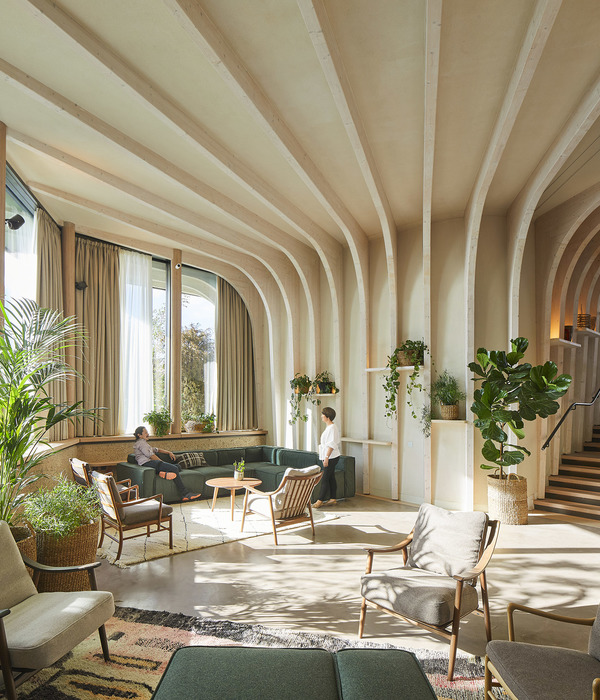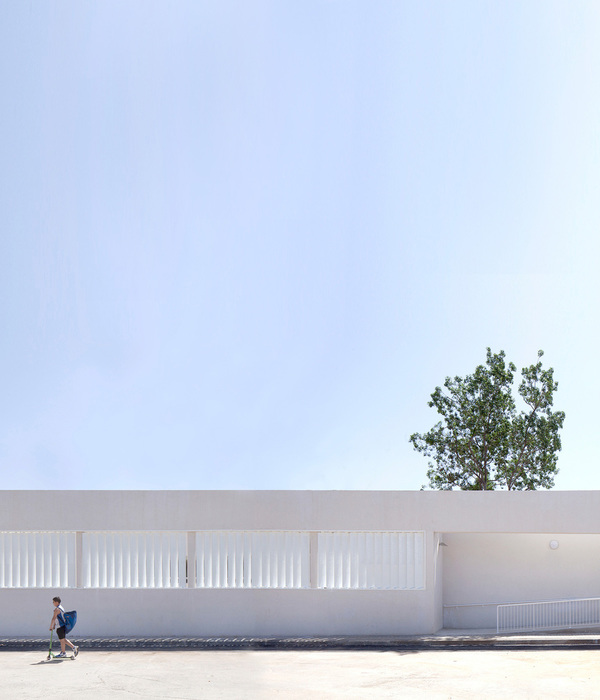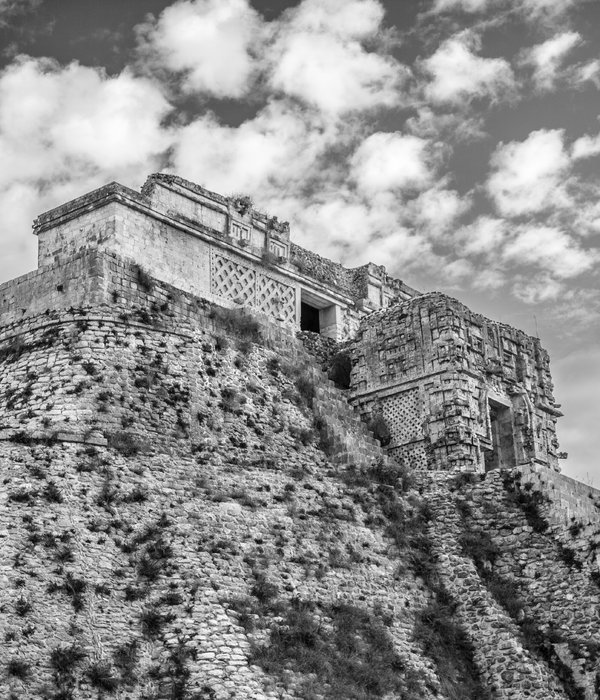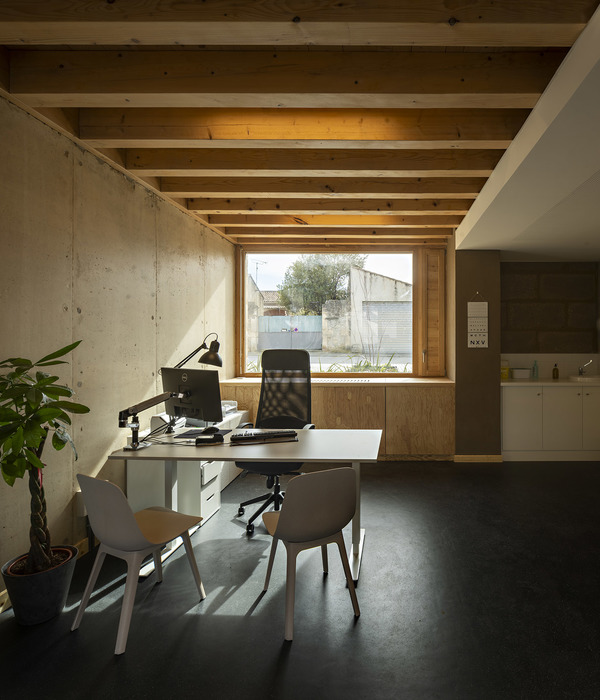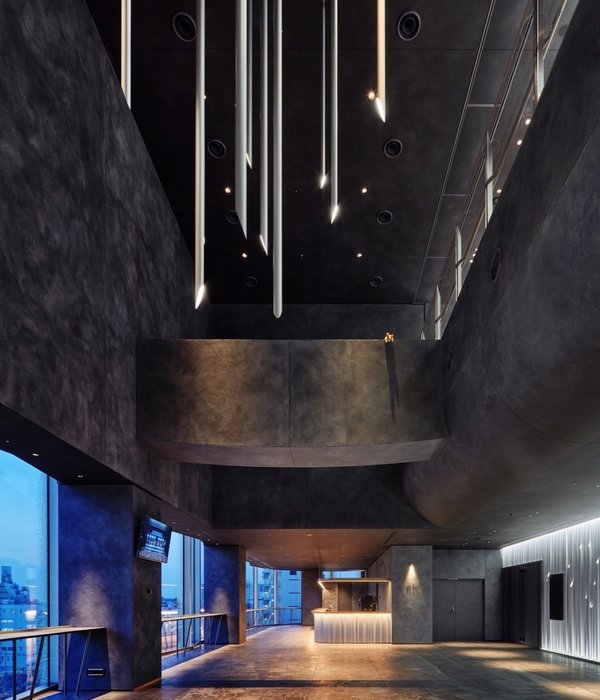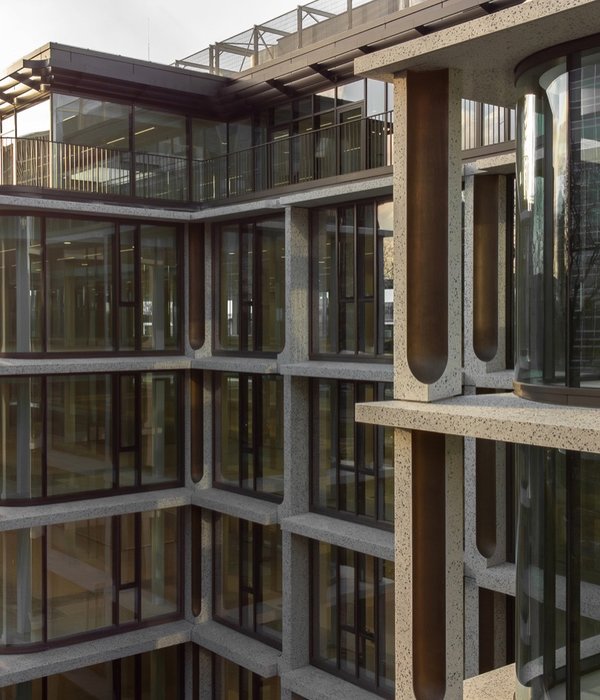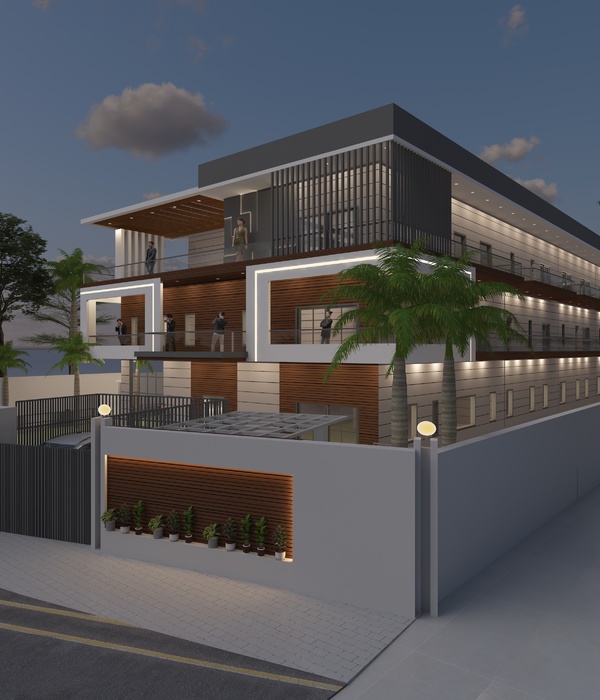There is a variety of users at a people's court, including but not limited to judges, lawyers, suspects, general public, and even pedestrians. The architectural design of the court building is thus influenced by the wills and demands of these various groups of users. But for whom, is the architecture supposed to serve?
Judges are the longtime and fixed users of the office building of Gansu Provincial Superior People's Court. The internal office area, courtroom, service rooms and public areas are the spaces that judges use day to day. Lawyers, public prosecutors, defendants and plaintiffs, all are members of the general public, and the public areas of the court buildings are open to the general public, who has the right of speech to the suitability of public areas. On the other hand, the line of flow of suspects is very short and hidden. The circulation must prevents the escape of suspects, and interaction with the general public.
Pedestrians, a group of people that seemingly has no connection with our buildings, can not have direct dialogue with our design process. However, the measure of good or bad and beautiful or ugly is exactly the eyes and minds of observers. It is their feelings that are the value of design, and only those buildings that can touch the viewer experience are living buildings.
Composition The project is located in Anning New Area, Lanzhou City, Gansu Province, covering a total building area of 52000 square meters, consisting of 19 floors aboveground and one floor underground, and comprising the following parts.
1) Trial rooms, mainly including one 800-seat grand courtroom, two 70-seat medium-sized courtrooms, fifteen 40-seat small courtrooms, case review room for adjudicatory committee, collegiate bench, lawsuit mediation room and hearing room.
2) Auxiliary rooms for trial: including but not limited to trial waiting hall, jury room, public prosecutor’s room, lawyer’s room, witness’s room, examiner’s room, translation room, courthouse equipment central control room, audiovisual data editing room, file reading room and case file archive.
3) Independent service rooms for general public: case filing hall and hall for complaints and appeals.
4) Internal service rooms: enforcement room, detention room and data center and etc.
5) Office rooms: office, meeting room, activity room, staff cafeteria and kitchen and library and etc.
Layout The plane layout of the court is unique duet to the limitations of the organization of various circulation routes. The rather conventional layout format is U-shaped or H-shaped room. This form of layout refers to the court’s office building with the trial rooms on both sides, which is the relatively sophisticated and reasonable form of organization so far, suitable for layout of superior and intermediate people’s courts. This project employs secondary layout
Circulation The composition of occupants of court building is complicated and can roughly be classified into three categories: internal staff, general public and criminals. Judges and staff members belong to the internal section of the court, while the general public including lawyers, public prosecutors, witnesses and petitioners belong to the external section.
The circulation strategy is organized according to the following principle: the internal office area is separated from the public area. Judges will enter the internal office area through a passageway with controlled access. Similar passageways are also used to enter the detention area. Criminals will not be able to access any area outside the courtroom. Mode 1: the judges are on the three external sides, while the general public is on the front inner side, resulting in a surrounding layout; mode 2: judges being in the rear and the public in the front, constituting a front-back parallel layout.
The relation between judge and the public flow line: the entrance for the internal staff of the court should be separated from the public entrance. In this project, the entrance is located on the first floor in the back of the main building and connects directly with the office area and judgment area through vertical traffic. The public entrance is located on the second floor in the front of the building, staggered alternately with the office entrance in the back. The entrance to the courtroom for judges and that for general public are separated, while general public’s access to the internal office area is restricted by access control.
Materiality The stone materials used on the external curtain wall of the building are locally sourced granite called “small white grain”. After an extensive search in Gobi area in Jiuquan of Gansu, we have found these inexpensive but high-quality stones. Nearby Jiuquan Satellite Launch Center, we found this open-air quarry lying quietly on the vast Gobi, a monolithic rock that extends from the surface downwards for more than 40 meters.
According to the owner of this quarry called “Stone Wang”, he was initially a surveying technician and he found this quarry after numerous exploratory efforts using his unique “magnetic resonance” exploration process while looking for evenly textured rocks. Practice proves that this ordinary stone has an indescribable rapport with lines of light and emits a unique feeling of robustness under the crystal clear blue sky in Gansu Province.
▼项目更多图片
{{item.text_origin}}

